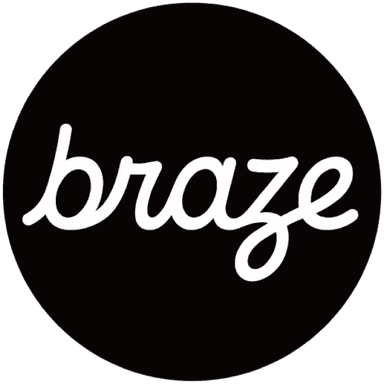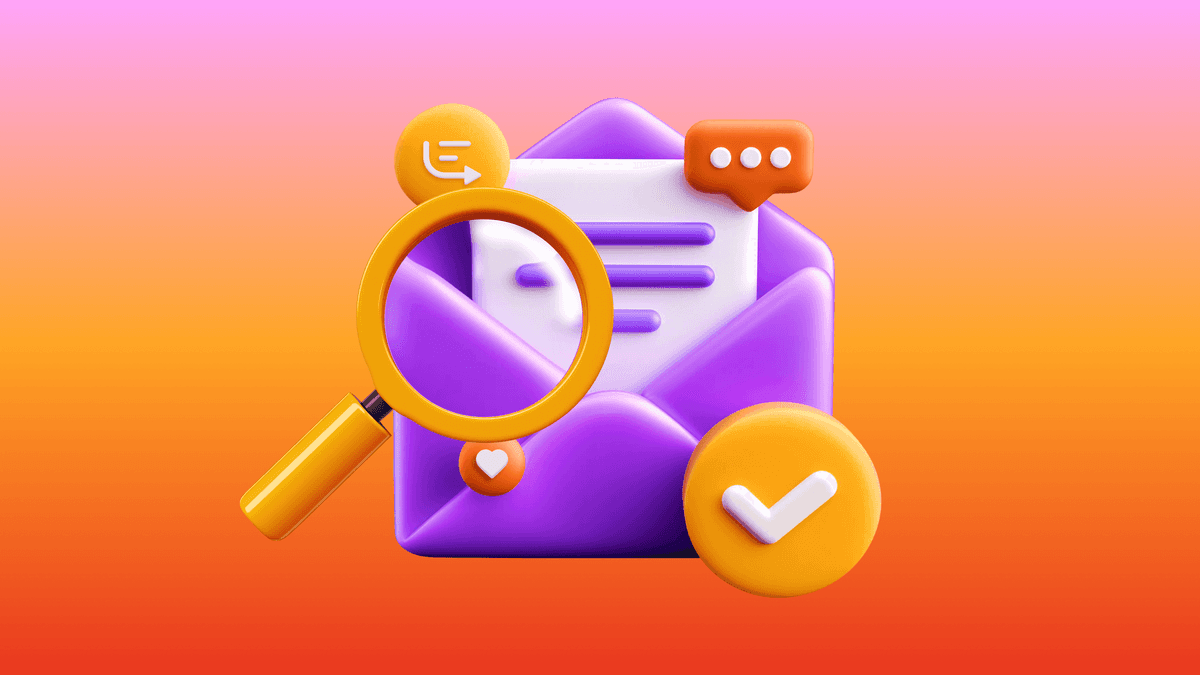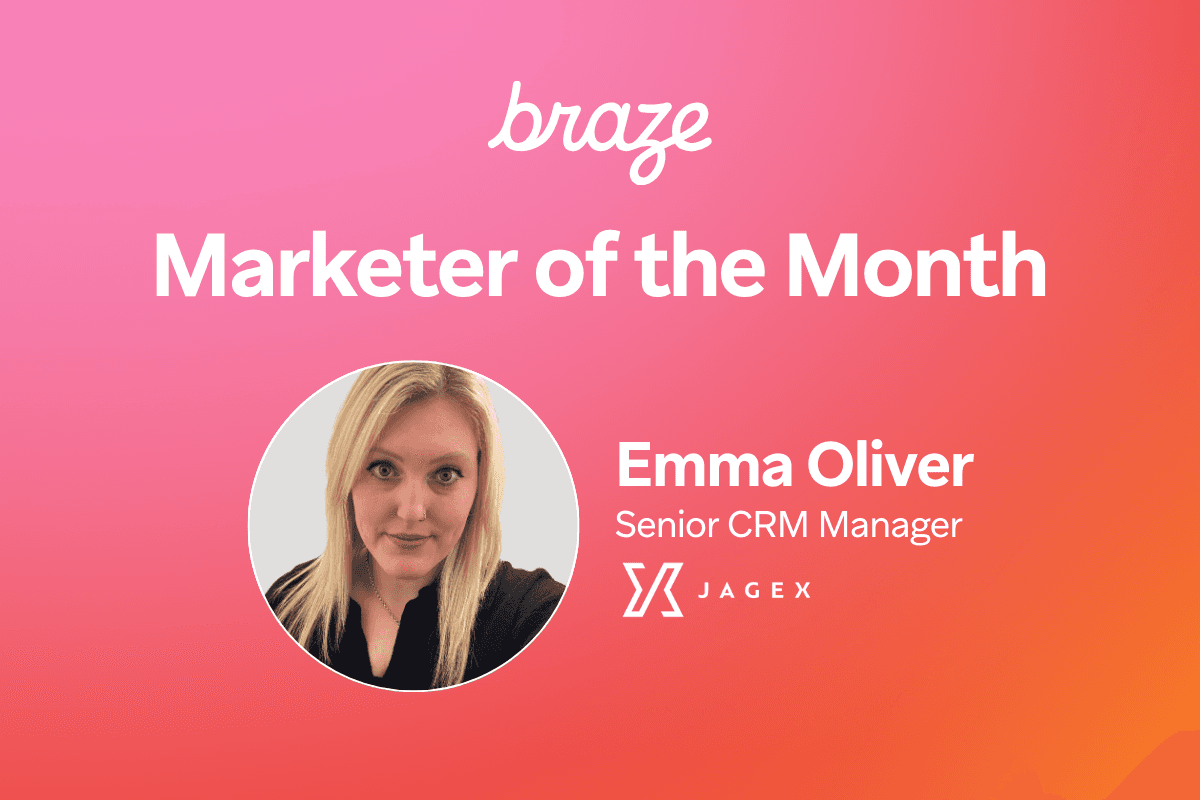AI decisioning 101
Published on September 29, 2025/Last edited on October 23, 2025/5 min read


Team Braze
Most brands have a wealth of zero-party data and first-party data, and they have marketing automation capabilities designed to leverage this information and support complex customer engagement efforts across the lifecycle. However, customers still end up on the receiving end of generic campaigns that aren’t tailored to their individual behavior and engagement patterns.
The problem? Marketing experimentation and personalization can be time and labor intensive, cumbersome activities that are difficult to scale.
But that’s changing thanks to AI decisioning.
This lesser-known AI marketing capability is helping businesses get more value out of their customer data and lifecycle marketing programs, maximizing their marketing KPIs, and delivering better experiences for customers across the board.
What is AI decisioning, anyway?
AI decisioning acts as the brain that sits atop your data systems (data warehouses and CDPs) and uses these insights to guide your lifecycle marketing personalization strategies, automatically selecting the winning combinations of campaign variables—across message variants, featured products and services, promotions, channels, and delivery timing and frequency—for each individual customer. These combos are selected based on what’s most likely to result in higher conversions, purchases, renewals, or whatever metric you decide to optimize for, not simply opens and clicks.
It’s agentic, but you’re in control. Your team defines what success looks like (the outcomes you want to improve) and provides the campaign assets (copy, images, offers, etc.) for the AI to choose from, and AI decisioning does the work of learning from your customer insights and selecting the best outreach for each individual at scale.
This isn’t a one-time process. AI decisioning learns on an ongoing basis from user interactions in the moment, updating its models to guide better, future outcomes, helping marketers become truly responsive to customer needs as they change in real time. As new channels emerge, engagement patterns change, or customers enter new life stages, AI decisioning automatically picks up on these nuances and adapts accordingly.
It’s a way of supercharging your lifecycle marketing campaigns with 1:1 personalization. What used to look like: “If customers take this action, follow up with this campaign at this time”—generic, predefined messaging paths for customers—now involves creating bespoke interactions that are personalized for each customer, with AI decisioning learning what’s optimal for you versus what’s optimal for another customer.
AI decisioning goes beyond traditional segmentation, which involves categorizing users into groups based on predefined criteria, such as demographics or past behavior, and instead dynamically learns from continuously updating customer profiles, ongoing marketing experimentation, and customer interactions to create experiences, campaigns, offers, and messages that meet customers in the moment for improved engagement and conversions.
AI decisioning complements predictive AI. While predictive AI capabilities tell you what’s most likely to happen, AI decisioning makes the best decision based on what’s most likely to happen.
The value of AI decisioning for your brand and customers
AI decisioning helps brands create more relevant experiences. That’s a win for customers, and it’s also a win for businesses as agentic AI simultaneously takes the work out of personalization while also improving overall performance.
Hyper personalization
Agentic AI decisioning learns from customer behavior and finds the next best action, offer, or experience for each user, all based on the first-party data your brand has collected.
Seamless automations
AI decisioning agents automatically choose the best channels to use, messages to send, offers to include, products to feature, times and days to send outreach, and frequencies of outreach to follow, all while sticking within clearly defined parameters you set.
Better marketing results
Decisioning is designed to maximize any business metrics. You select the KPIs that matter most and the AI will optimize your efforts specifically for these outcomes instead of vanity metrics like clicks.
A real-world AI decisioning success story
It happens all the time. A customer searches for a product, service, or offering, but doesn’t complete the transaction in the moment. In the past, lifecycle marketers have used a combination of different tactics to follow up with would-be customers to encourage them to successfully convert. Now, AI decisioning can handle that work seamlessly behind the scenes.
One leading airline turned to Braze to automate the process of choosing the best individual follow-up for potential customers who search for flights but didn’t end up completing the transaction. The goal was to achieve more conversions on their email program. By leveraging BrazeAI Decisioning Studio™, marketers realized a 45% uplift, leading to an additional $10 million in bookings.
By using our capabilities, the brand sent more tailored, impactful campaigns, reaching the right customers with the right products and messages at the right time.
The team has started scaling this success across the company’s vast number of products and services offered and countries served, using AI-driven decision-making to not only strengthen revenue but foster longer-term customer loyalty by serving up more personalized, more relevant, and more meaningful offers and experiences for customers.
Want to see what AI decisioning can do for your business?
Visit the BrazeAI™ page to learn more about AI decisioning for the enterprise.
Related Tags
Be Absolutely Engaging.™
Sign up for regular updates from Braze.
Related Content
View the Blog
The new inbox reality: How iOS changes are reshaping email marketing

Aparna Prasad

Experience optimization: Turning data insights into better journeys

Team Braze

December 2025 Bonfire Marketer of the Month: Jagex’s Emma Oliver
